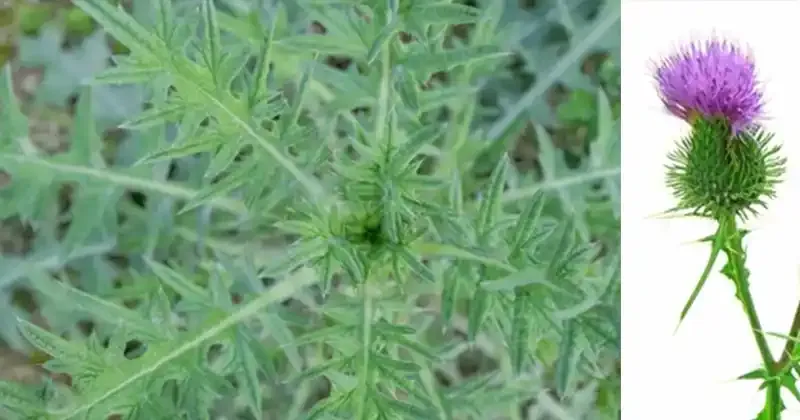
Bull Thistle (Cirsium vulgare): A Wild Plant with Surprising Benefits
The bull thistle (Cirsium vulgare) is often dismissed as a prickly nuisance found in pastures, roadsides, and open fields. With its spiny stems and fierce-looking purple flowers, this hardy biennial plant from the Asteraceae family doesn’t exactly invite admiration. But beyond its intimidating exterior lies a plant rich in history, ecological value, and even potential health benefits. Though considered a weed in many regions, bull thistle deserves a second look for its surprising virtues.
A Closer Look at Bull Thistle
Bull thistle is native to Europe, western Asia, and North Africa, but it has naturalized widely across North America and other temperate regions. It typically grows between 2 to 5 feet tall and features a dense rosette of spiny leaves in its first year, followed by a tall flowering stalk in its second year. Its deep purple to magenta flower heads attract pollinators like bees and butterflies, and its seeds provide nourishment for birds such as goldfinches.
Despite its invasive nature, bull thistle plays an important ecological role. Its deep taproot aerates compacted soils, while its blooms support local pollinators, especially in disturbed landscapes where other nectar sources are scarce.
1. Nutritional Value and Edibility
Though it might not look appetizing, parts of the bull thistle are edible. The young leaves, when carefully trimmed of their spines and boiled, can be eaten like spinach. The peeled stem and root—though tough and fibrous—are also edible when properly prepared.
The inner core of the flower heads can be consumed similarly to artichokes, a close relative in the thistle family. While not gourmet fare, these parts offer wild food enthusiasts an emergency or survival food option rich in fiber and minerals.
2. Traditional Medicinal Uses

Historically, bull thistle has been used in folk medicine for a range of conditions. In traditional herbal practice, it was employed for:
- Digestive aid: A tea made from its leaves was believed to support digestion and act as a mild diuretic.
- Anti-inflammatory effects: Some healers used bull thistle poultices to relieve joint pain, swelling, and inflammation.
- Liver support: Like its cousin milk thistle, Cirsium vulgare was sometimes used to promote liver health, although the research is more robust for Silybum marianum.
It’s important to note that these traditional uses are largely anecdotal, and anyone considering medicinal use should consult a qualified herbalist or healthcare provider.
3. A Boon for Biodiversity
Bull thistle is a vital nectar source for bees, butterflies, and other insects. Its long blooming period from summer to early autumn makes it a reliable food source when other flowers may be waning. As such, it plays a key role in maintaining pollinator populations—essential for both wild and cultivated ecosystems.
Additionally, its seeds are a favorite for birds, especially finches, which also use its silky seed fibers for nesting material. This connection to native wildlife makes bull thistle an important part of many local food webs.
4. Natural Dye and Craft Uses

The vibrant flowers of bull thistle can be used to make a natural dye, producing soft purples and greens on wool or cotton. Its tough, fibrous stems have also been used in rural crafts, especially where other materials were scarce.
A Balanced Perspective
While bull thistle is often targeted for removal due to its spiny defenses and aggressive spread, its benefits—nutritional, medicinal, ecological, and practical—are worth remembering. It’s a wild plant with resilience, complexity, and hidden gifts for those who take the time to learn about it.
In a world where wild knowledge is often forgotten, bull thistle reminds us that even the roughest plants can offer value—if we look past the thorns.
Leave a Reply